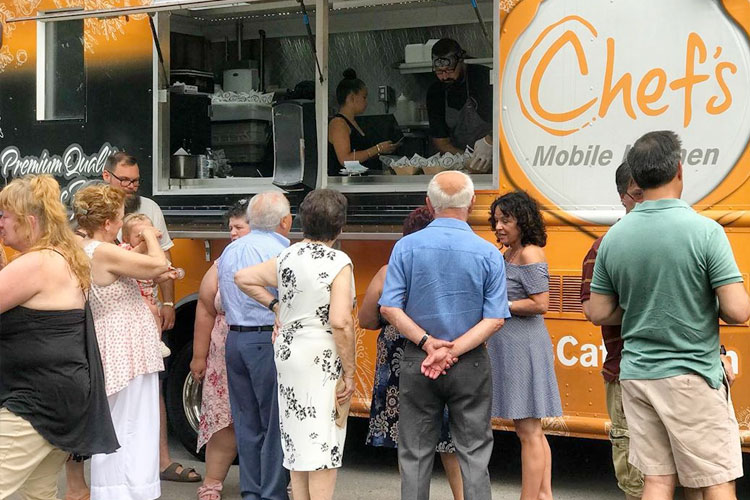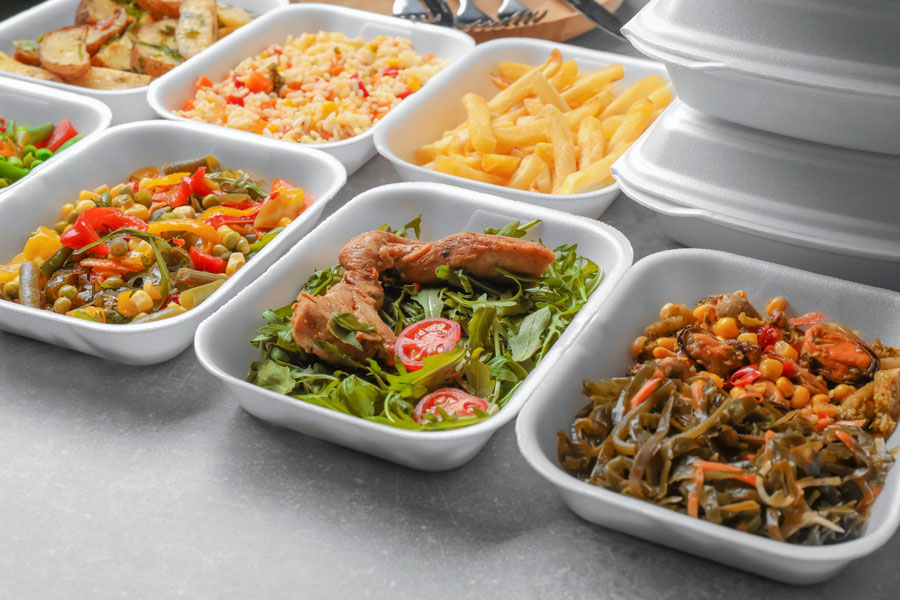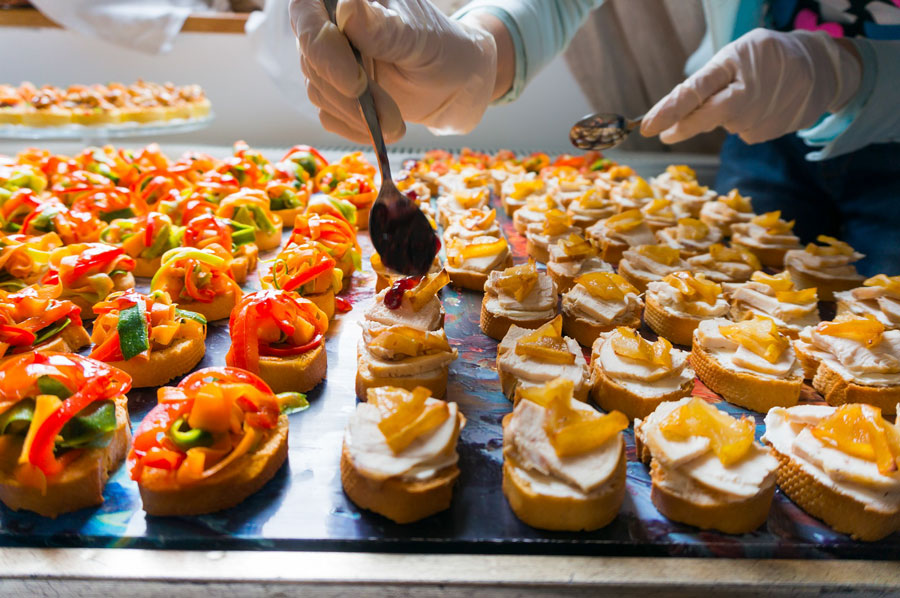9 Tips for Practicing Safe Food Handling at Events
In the last year, the event industry has been turned upside down because of the global pandemic. As event planners, you probably had to scramble to transition to live-streamed and online events.
The world has begun to slowly move toward in-person events again, but event planners and promoters still have a lot of questions. For example, is it safe to serve food at events again? If so, what are some best practices for safe food handling?
In this article, we will address these concerns. Offering some ideas for safe ways to have food at your events, as well as best practices for safe food handling.
4 ideas for safely serving food at an event
You can absolutely serve food at your events, but most of the traditional ways of doing so — for example, buffets and appetizer samplers — are no longer applicable. Fortunately, there are several other ways to make the food at your event as memorable as the event itself.
Be sure that whoever is providing the food for your event is following a set of food safety guidelines. It will also reassure your guests if you can ensure that the food handlers have all been tested for COVID-19.
 #1 Food Trucks
#1 Food Trucks
One great way to get food to your event is to have food trucks come in.
This solution is a win/win because you’re supporting a small local business while serving delicious food to your guests.
With this solution, you don’t even have to have a food budget if you need your guests to cover their own food expenses; you would either book the vendor or develop a partnership. Alternatively, if you’re covering the expenses with your budget, you can issue food truck vouchers with your event materials.
#2 Catering
For some events, hiring a caterer is the most convenient way of feeding your guests. Before hiring a caterer, ask them for something in writing that provides their methods of practicing safe food handling. Maybe even their protocols for food handling during COVID-19.
One idea instead of the traditional plates and silverware would be to use bento boxes. Traditionally used in Japanese lunches, bento boxes have all the food separated into compartments.
Making the food easier to serve and quickly discard.

#3 Take-Away
Takeaway food is a meal that’s bought and cooked at a restaurant but taken to a different location. One example would be to order sandwich boxes from a local sandwich restaurant. The box should have everything the attendees need for their meal, including plastic utensils.
What about sustainability?
For supporters of the earth, I understand the frustration of constantly seeing single-serve containers and plastics. Although this is currently the safest alternative for food handling during COVID-19, it doesn't mean our materials can't be earth-friendly.
If doing take-away at your event, try to use recyclable material. Your guest will love it and so will the earth!
To learn more about creating a sustainable event, listen to this podcast episode with The Event Ally on planning sustainable events.
#4 Booths
If you want to offer a wide variety of food at your events, consider having various vendors set up booths similar to a food court or truck. Your food vendors would have booths in much the same way that any other exhibit hall vendors do.
5 safe food handling tips for events
By following industry best practices and food handling tips, it’s possible to safely serve food to your event attendees.
1. Create a set of food handling guidelines
One of the first things you need to do before serving food at an event is to create a set of guidelines for your team to follow. We recommend creating a checklist and including the following items.
-
How often to wash hands and correct handwashing techniques
-
Protocols for washing kitchen tools and utensils
-
Required uniforms that include gloves, masks, and pulling back and covering of hair
-
Mask and glove usage, including how often to change them
-
Cleaning and preparation of produce and other foods
-
Adherence to expiration dates
2. Set up a dedicated sanitation station
For events in our current era, sanitation stations have become standard practice. Your sanitation stations should include minimally:
-
Hand sanitizer in dispensers
-
Soap in dispensers
-
Hand washing area
-
Cleaning wipes
- Masks and hair nets
3. Minimize contact between people
Every step of your event food handling process should keep one thing in mind: keeping distance between people. Even though things are getting back to normal, the best way to keep everyone safe is to minimize close contact.
A “to-go” experience is the best way to go, whether it’s with food trucks, catering, or take-away foods. This also minimizes interaction between staff and guests.
4. Take the food outside
If you can have your food tables or booths set up outside, you have an ideal situation. Be sure to have an ample space between booths and tables, and have plenty of tables available so that people can still practice social distancing.
Outdoor venues are great for big food and taste experiences. This takes away the stress of looking for a well ventilated space for eating.
5. Make everything disposable
The quickest way to spread germs is to re-use utensils and drink cups. Although we also live in an era of sustainability, this is the best practice to follow. Like mentioned above, if the budget allows, use earth-friendly material that can be recycled.

Safe food handling certifications
Anyone who handles food for your events should have the appropriate required food safety certifications.
The requirements vary by state and locality, so be sure to check the state and local laws where your event will be held - to check, click here.
Final Thoughts
It’s exciting to get back to having in-person events, and a year after the beginning of the pandemic, we’re all wiser for keeping our events as safe as possible. The key is to follow strict and consistent guidelines so that everyone involved in your event stays safe.
Be sure to stay on top of changes at CDC.gov regarding food and health.






